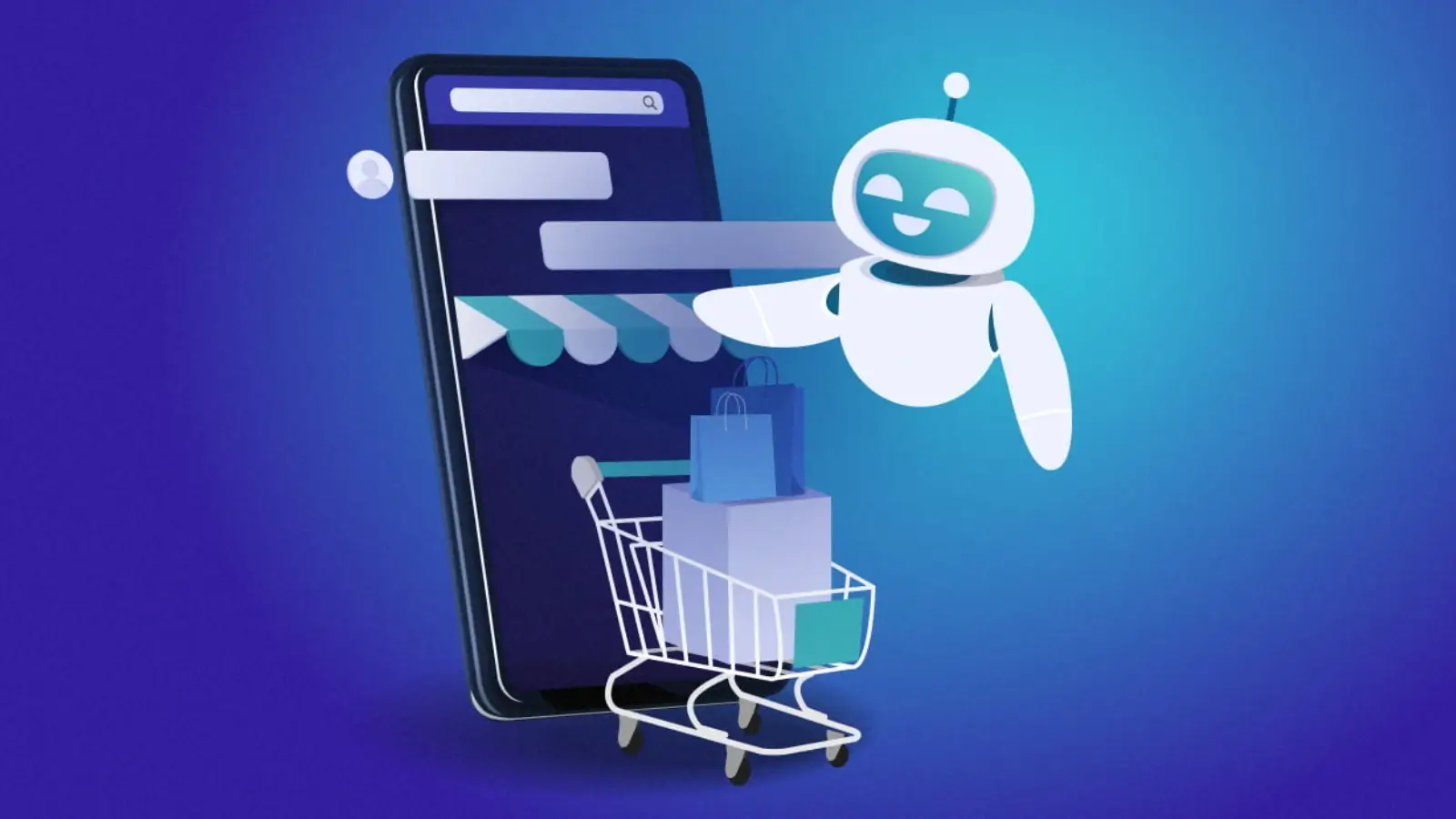


Before next-day delivery and personalized recommendations, eCommerce was just an idea, tested through a basic online purchase.
Over the last many years, there has been a growth in the eCommerce businesses, and the way it is growing has reached the maximum number of customers by following the global trend and maintaining the brand growth.
This transformation is not just about putting the product online. It is more about shaping how quickly customer behavior is changed towards your brand, how businesses are responding, and how technology is pushing eCommerce business limits.
From desktop checkouts to mobile-first experience, the updates in eCommerce have now led towards maintaining the AI-based journey, and each of the phases has moved closer to meet the buyer expectations related to speed, relevancy, and simplicity.
In this blog, we will cover how eCommerce evolved, what has led to growth and how businesses can keep up with the trend, and what is coming next.
When you think about custom eCommerce web development, the first thing that comes to mind is the use of an effective platform with proper images and a well-structured website. But it does not always look like this.
eCommerce has started with the small, along with fewer website options the limited product options, but over time it has grown, and what you now know as online shopping.
For your clarity, every detail of the eCommerce has been discussed here:
The online trend started in the middle of 90s and the common source was the internet. The first thing ever which has been sold was a music CD. This was just the beginning.
Soon after this, there came websites like Amazon or eBay. These websites have allowed people to buy books, devices, clothes, and more by simply placing the order and paying with safe payment options.
Here are some of the simple examples that show you how online shopping has become popular:
These changes have helped eCommerce grow from something new to something that is preferred by customers for everyday use.
The growth in eCommerce is not just because of the development in website practices. It is expanded because it is meeting customer expectations, shopping habits, and the need for services.
But to maintain the accuracy of your business, you need to keep adapting to the changes in eCommerce.
Here are the main reasons why online shopping has become a big part of how businesses are buying and selling.
With the development of various practices, there is an increased demand for the customer as well, related to:
Convenience is the key, as the maximum flexibility you offer to your customer will keep the customer more interested in your products or services.
The use of smartphones has changed everything. Instead of browsing using a desktop, customers are browsing on their phones to buy products online.
Having a mobile-responsive design for the website has now become essential to maintain the dedicated shopping experience and meet the standards for being the most trusted eCommerce brand.
Social media platforms like Instagram and Facebook have also updated their features by adding shopping tools and letting users purchase online with the app itself.
All of these updates have made the shopping feel more natural and integrated into everyday scrolling.
It is now easier for you to sell products into various areas or countries. eCommerce has removed the limitation of selling over a limited region or in the local market.
With the improvement, the eCommerce platform has added the option that supports multi-currency payment, international shipping, and multilingual websites.
More businesses are now selling a similar type of product, so maintaining a stronger presence is essential, and to make everything count.
To stay relevant, you can introduce:
Including these chances can allow you to align your business and maintain efficiency.
For maintaining effective growth, there is always a need for modern technology. The use of technology in eCommerce is not just improving the way of selling but is also making eCommerce faster, smarter, and more connected.
The use of AI in shopping has been effective in knowing the expectations of customers. Helps in offering suggestions, personalized search options, and gives chatbot support. Making the shopping experience more relevant and saving the time of customers.
5G allows websites and apps to maintain accuracy for quicker loading of products. It also supports smoother browsing, instant payment, and a better mobile shopping experience.
Inclusion of blockchain allows the addition of security to manage online payments. Also, allow buyers to track the various sources and build trust in your services.
Inclusion of smart options like voice assistance allows to have more accessibility towards maintaining a better shopping experience. IoT helps in maintaining the connection with products with the real-time tracking of data and automated reordering of products for customer convenience.
Virtual and augmented reality tools let customers try products before buying. This eases the process of previewing the products and services to reduce the chances of cart abandonment and improve confidence in purchase decisions.
The future of eCommerce is more towards shaping the industry by including smarter options, higher customer expectations, and growing with the needs of customers to increase the chances of buying.
Here is what you can expect:
Businesses are shifting from offering multiple shopping channels to creating a fully connected experience across web, mobile, and physical stores.
More consideration will be given to packages and the delivery of products. You need to maintain more focus on eco-friendly practices to earn more trust.
Tailored product suggestions, flexible delivery options, and on-demand manufacturing are becoming standard for improving customer satisfaction.
There has been a growing need for accessing a well-developed eCommerce platform, and you need to follow the different aspects to keep up with the market changes.
Here are things that you can note:
By following this, you can maintain a better customer experience with your eCommerce website.
eCommerce is not just evolving in terms of its appearance. It is developing a better online store with AI-powered recommendations and global fulfillment networks. Every stage of this development has been shaped to meet the customer's expectations.
For developing the same website, you need to stay relevant and responsive. This includes building the adaptable platform, offering a better experience, and keeping the customer data safe.
But more than any, it is more about efficiently connecting with the software development firm that builds the scalable apps and works on the various trends to keep the business evolving.